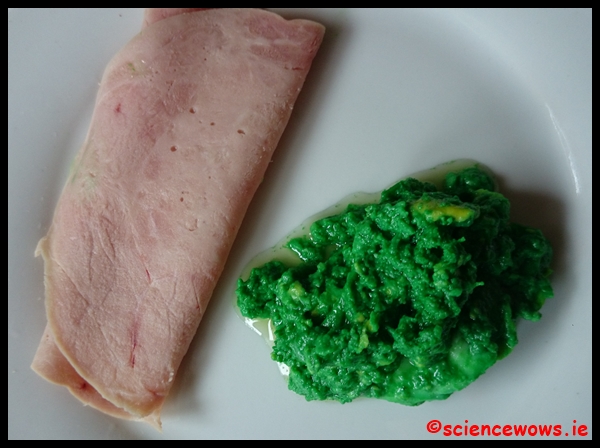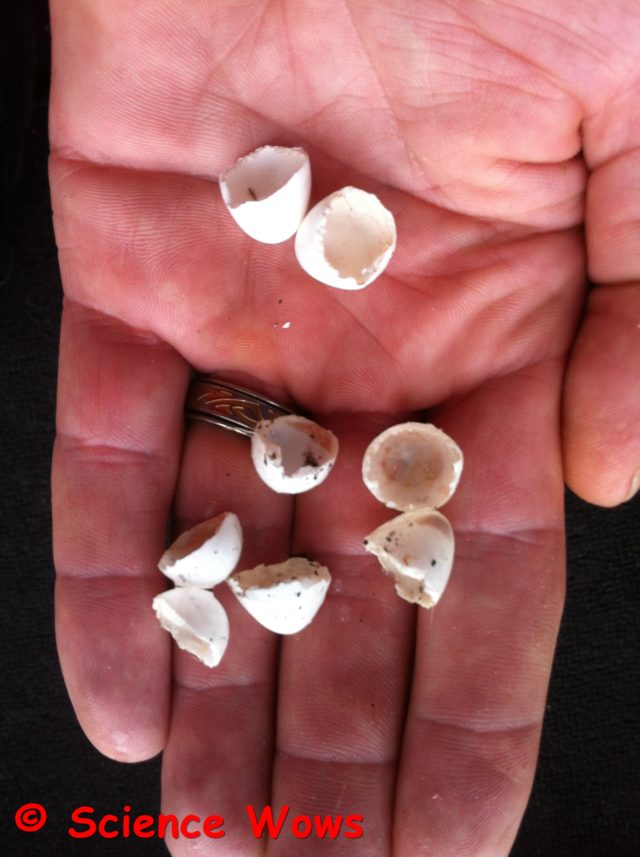We waited a long time for the return of our friends, the House martins, this year. We were so pleased last year when two pairs built nests on our house, in fact, they inspired my first blog! House martins tend to repair and re use their nests each year so we were sure they would return. By the end of May though they still had not arrived and we began to give up hope. Finally, just at the end of May we spotted the familiar flight of their small bodies outside the window and the household celebrated!
Last year we had two nests under the eaves on our house. This year, as well as repairing the old nests, more couples arrived and built adjoining nests and one more on the South facing end of our house… so now we have five nests… more rejoicing (you get the idea – we REALLY like House martins in this family).
 |
| The first nest built on our house! |
One pair of nests is literally built over a door into our kitchen so we get to enjoy the cheery little guys every time we come in and out. My nine year old daughter has inherited her father’s obsession with them and took to checking on them every morning as soon as she awoke. They make a really chatty, cheery sound and always seem to pop their heads out and greet us as we pass, like gossiping neighbours chatting over a garden fence!
The big excitement this week was when we spotted the ejected egg pile below one of the nests. The first batch of chicks have hatched! Eight egg halves in total so four chicks which is in keeping with the norm. The eggs are tiny as you can see below. Hard to imagine how small the chicks are. The will be fed by both parents for the next couple of weeks and then will fledge about 22-32 days old. The young fledglings usually return to the nest for another week or so and will be fed by the parents during this time.
 |
| Evidence of four hatchlings! |
 |
| Look how small the eggs are! |
As amazing as it is to realise how small the hatchlings are, it is an equal marvel to wonder how the whole family fits into the nest after the chicks have grown. It is an amusing and charming site to see so many little heads beeping out of such a small space.
The house martins will usually have a second brood before the end of the Summer. Occasionally the first year birds from the first brood will assist in feeding the second brood.
I will be posting more photos and facts on these charming “house guests” as the Summer progresses. Perhaps you have something to share on the subject too? If so share it in the comments below!









